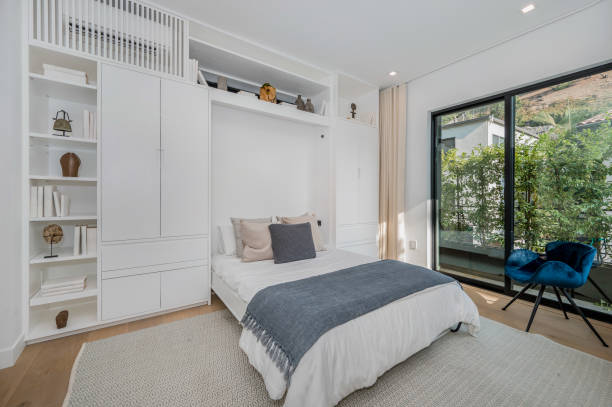Selecting Durable Materials for Long-Lasting Interior Upgrades
Selecting materials for interior upgrades involves balancing appearance, function, and longevity. Durable choices reduce maintenance cycles and help living spaces remain attractive and resilient against moisture, wear, pests, and changing energy needs. This article outlines practical selection criteria and links those choices to indoor landscaping, irrigation, soil health for plants, composting, storage, and sustainable strategies like upcycling and energy landscaping.

How does landscaping affect interior upgrades?
Indoor landscaping—bringing plantings into living rooms, kitchens, or balcony areas—shapes the types of materials that hold up best. Areas adjacent to planters and soil require moisture-resistant surfaces, easy-to-clean finishes, and clear transition strips to prevent chipping where hard floors meet softer materials. Consider porcelain tile, sealed concrete, or high-pressure laminate for floors near planting zones; these options tolerate occasional spills and are compatible with indoor irrigation setups. Thoughtful placement of plants can protect painted walls and upholstery while preserving the overall durability of interior upgrades.
How do irrigation and soil health influence material choices?
Irrigation for indoor and balcony gardens introduces recurring moisture that affects floors, cabinetry, and shelving. Use water-resistant cabinet cores, sealed plywood, or composite materials in areas exposed to watering. Soil health matters because well-draining mixes reduce standing moisture that can cause rot or mold. Select planters and raised beds with integrated drainage and trays to protect surfaces. For irrigation hardware, prefer corrosion-resistant fittings and routed tubing that minimizes leaks; durable valves and proper installation decrease maintenance and extend the life of adjacent finishes.
Should composting and mulching influence material selection?
Handling compost, potting mixes, and mulch indoors calls for materials that resist staining and odors. Countertops and work surfaces near potting stations perform better when non-porous and easy to sanitize—quartz, sealed concrete, and stainless steel are practical choices. Storage for compostable materials should be ventilated and made from moisture-tolerant materials to limit mold growth. Shelving with laminate or coated metal surfaces simplifies cleanup after handling soil and mulch, and protective mats or trays prevent repeated exposure to acidic or organic residues from degrading finishes.
Are perennials and drought-tolerant plants relevant to interior finishes?
Choosing perennials and drought-tolerant species for indoor environments reduces the frequency and volume of watering and therefore the moisture stress on finishes. These plants lower the chance of water-related damage to floors and textiles and reduce irrigation infrastructure needs. Durable fabrics with stain-resistant treatments and washable slipcovers complement plant-heavy interiors. Using saucers beneath pots and elevated plant stands helps protect wood and textiles, while selecting rot-resistant or sealed materials for planter supports avoids long-term deterioration.
How should balcony design, raised beds, and storage be planned indoors?
Balcony design principles and raised beds translate indoors by containing soils and water within defined systems. Raised beds and planters that include liners, overflow protection, and breathable substrates help protect surrounding surfaces. Materials such as rot-resistant timber, powder-coated metal, or recycled plastic are robust choices for planters and supports. For storage, modular cabinets with moisture-resistant finishes keep tools, fertilizers, and pest-control products organized and away from finished surfaces. Proper storage reduces clutter and accidental damage, maintaining the integrity of interior upgrades.
What role do pest control, upcycling, and energy landscaping play?
Pest control influences material choice because finishes must tolerate cleaning and safe treatment methods; non-porous surfaces and sealed joins reduce insect harborage. Upcycling reclaimed wood or metal can provide durable cabinetry and shelving, but reclaimed items should be treated and sealed for indoor use to prevent pests and off-gassing. Energy landscaping—using plant placement to moderate indoor temperatures and humidity—can reduce HVAC cycling and the material stress that comes from thermal and moisture fluctuations, extending the lifespan of floors, finishes, and furnishings.
Conclusion Durable interior upgrades rely on matching material properties to real household conditions: moisture from irrigation and plant care, handling of compost and mulches, storage needs for garden supplies, and pest-control routines. Choosing water-tolerant, sealed, and easy-to-clean materials; protecting surfaces with proper trays and liners; and incorporating sustainable practices such as upcycling and energy landscaping will help interior improvements last longer while supporting healthy, functional living spaces.





